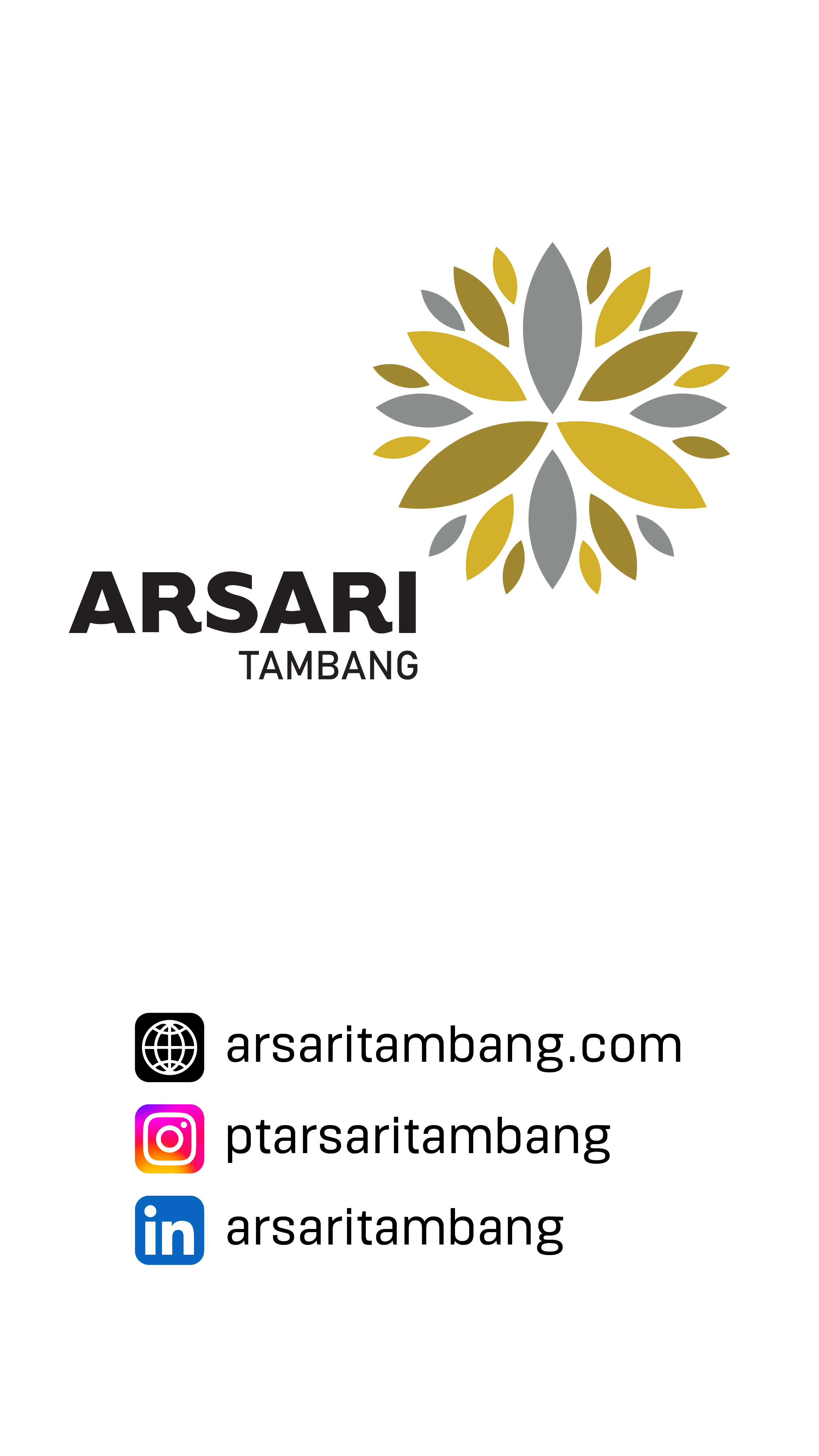



SARGA.CO – Horse racing is no longer just about raw speed on the track. A horse’s victory today is determined long before race day — through scientific care, data-driven training, and precision nutrition that shape performance down to the finest detail.
Modern horse racing has entered a technological era, where innovation meets tradition. From smart sensors to genetic analysis and AI-assisted training, technology is now embedded in every aspect of a racehorse’s development — monitoring heartbeats, strides, and even DNA to produce the next generation of champions.

Not only abroad. In Indonesia, this development is also visible. One proof is found in research on the Indonesian Racehorse (KPI), a cross between local horses and Thoroughbreds.
This program has produced horses with increased speed and endurance.

Separate studies from Bogor Agricultural University (IPB) and Nusa Cendana University have shown that DNA analysis can identify genetic markers linked to muscle strength and stamina, allowing breeders to predict and cultivate superior racing traits.
Advances in artificial insemination (AI) with frozen semen technology have also transformed breeding practices. Through collaborations between Indonesia’s Ministry of Agriculture and Hasanuddin University, genetic material can now be shared across regions without moving stallions, expanding breeding access, improving local horse quality, and preserving national genetic diversity.
In training arenas, tools like E-Trakka and Horseteq are becoming standard equipment. These wearable sensors track speed, heart rate, and stride rhythm in real time, providing trainers with crucial insights.
The data helps determine optimal training schedules, prevents overexertion, and allows early detection of potential injuries, reducing long-term risks for horses.
Meanwhile, countries such as Japan have pioneered systems like Horsecall, which enables trainers to monitor a horse’s live performance data through smart devices during practice sessions. This allows them to adjust training strategies instantly based on physical condition and pace.


What’s even more groundbreaking is the integration of sensor data with genetic analysis. Together, these tools create a digital performance passport — a comprehensive profile detailing each horse’s strengths, weaknesses, and running style.
While the cost of such technology remains high and adoption in Indonesia is still limited, these innovations mark a new frontier for local horse racing.
oWith ongoing genetic research and increasingly precise training systems, the future of Indonesian horse racing promises to be more competitive, data-driven, and scientific — all while preserving the timeless spirit that has defined the sport for generations.






















































Install SARGA.CO News
sarga.co